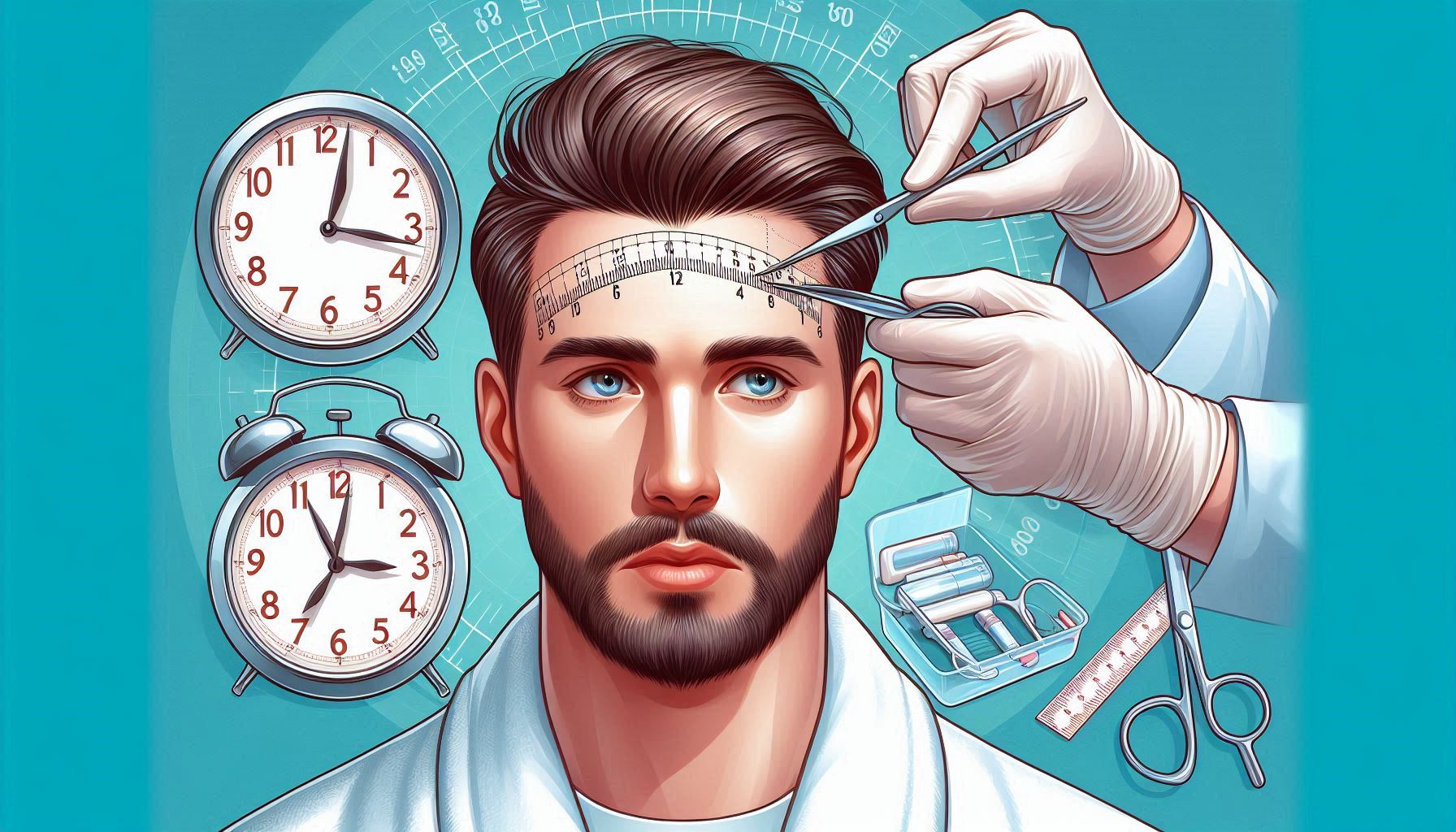
Can Hair Loss Occur After a Hair Transplant? Understanding the Possibility of Going Bald Again
Hair transplant surgery has become a reliable and popular solution for those experiencing hair loss or thinning. While the procedure can provide life-changing results, a common concern among patients is whether hair loss could recur after a successful transplant. This article explores the factors that contribute to the longevity of hair transplants, the reasons hair loss may continue, and how to maintain healthy, long-lasting results.
What Is a Hair Transplant?
A hair transplant involves moving healthy hair follicles from donor areas—typically the back or sides of the scalp—to balding or thinning regions. The two main techniques used are:
- Follicular Unit Transplantation (FUT): A strip of skin with hair is removed from the donor area and divided into individual follicular units before transplantation.
- Follicular Unit Extraction (FUE): Individual hair follicles are extracted and transplanted directly to the recipient area.
Both methods aim to achieve natural-looking, permanent results.
Do Hair Transplants Prevent Future Balding?
Hair transplants only restore hair in the treated areas. They do not halt the progression of natural hair loss in untreated areas of the scalp. While the transplanted hair follicles are typically resistant to hormonal influences (such as those caused by dihydrotestosterone or DHT), your natural, non-transplanted hair may still be susceptible to thinning over time.
Factors Influencing the Risk of Balding After a Hair Transplant
1. Progressive Hair Loss
If hair loss is ongoing at the time of surgery, untreated areas may continue to thin. Patients with male pattern baldness or other hereditary conditions should discuss long-term management with their surgeon to ensure future hair loss doesn’t affect the transplant’s appearance.
2. Donor Hair Quality
The success of a hair transplant largely depends on the quality and availability of donor hair. If the donor area is sparse or the follicles are weak, the results may not be as long-lasting.
3. Age and Timing
Younger patients who undergo a transplant may continue to lose hair as they age. Surgeons often recommend waiting until hair loss stabilizes to achieve better, long-term results.
4. Underlying Medical Conditions
Certain medical conditions, such as alopecia areata or hormonal imbalances, can cause patchy or widespread hair loss even after a transplant.
5. Post-Surgery Care
Improper care during the recovery phase can lead to complications or damage to the transplanted grafts. It’s vital to follow the aftercare instructions provided by your surgeon.
How to Minimize the Risk of Future Hair Loss
1. Use Medications
Prescription medications like finasteride or minoxidil can help slow the progression of hair loss in untreated areas of the scalp.
2. Adopt a Healthy Lifestyle
Eating a balanced diet, managing stress, and avoiding smoking can improve hair health and reduce the risk of thinning.
3. Regular Follow-Ups
Consulting your hair transplant specialist regularly ensures that any signs of future hair loss are detected early and managed effectively.
4. Plan for Additional Procedures
In cases of significant future hair loss, additional transplant sessions may be required to maintain a full, natural-looking hairline.
FAQs About Hair Loss After a Hair Transplant
1. Can transplanted hair fall out?
Yes, it is normal for transplanted hair to shed within the first few weeks after the procedure. This process, called “shock loss,” is temporary, and the hair will regrow within a few months.
2. Will I need another transplant in the future?
Possibly. If hair loss continues in untreated areas, additional procedures may be needed to maintain a uniform appearance.
3. Are the transplanted hairs permanent?
Transplanted hair follicles are usually resistant to DHT, the hormone responsible for male pattern baldness. However, factors like aging and medical conditions can still affect hair growth.
4. Can stress or lifestyle habits cause transplanted hair to fall out?
While transplanted hair is generally permanent, extreme stress or poor lifestyle habits can weaken overall hair health and contribute to thinning.
5. What happens if I lose more hair after the transplant?
If additional hair loss occurs, you may need to consider touch-up procedures or non-surgical treatments to enhance the results.
6. Is it possible to go completely bald after a hair transplant?
While the transplanted hair itself is usually permanent, untreated areas of the scalp may continue to lose hair. Total baldness is unlikely unless there are extensive underlying conditions.
Maintaining the Results of Your Hair Transplant
To ensure the longevity of your hair transplant, consider these tips:
- Follow Post-Surgery Instructions: Proper care during the recovery period minimizes complications.
- Maintain a Healthy Scalp: Regular cleansing and moisturizing keep the scalp in good condition.
- Use Doctor-Recommended Products: Specialized shampoos and topical treatments can support hair health.
- Protect Your Scalp: Avoid excessive sun exposure or harsh chemicals that can damage your hair and scalp.
Conclusion
While a hair transplant is a permanent solution to hair loss in treated areas, it does not prevent future thinning or balding in untreated regions. By understanding the factors that influence post-transplant hair loss and taking proactive steps to maintain your results, you can enjoy a full, natural-looking head of hair for years to come.
Consulting with an experienced hair restoration specialist in Beverly Hills, California and committing to a comprehensive hair care routine are essential for long-term success. With proper care and attention, you can confidently enjoy the benefits of your restored hair without worrying about going bald again.




